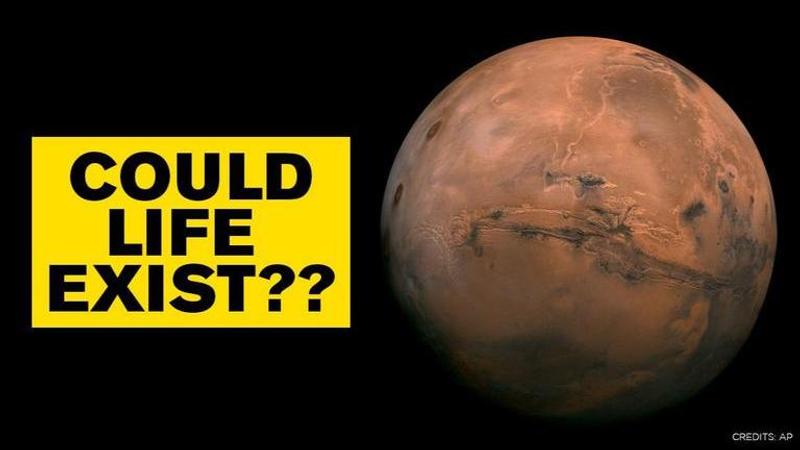Published 12:44 IST, September 24th 2020
Study: 'Search for life on Mars, Moon & other objects won't be easy, but not impossible'
Researchers of a study said that searching for life on Mars, Moon and other rocky objects will not be easy as it requires a lot of search criteria.

According to a press release by Center for Astrophysics, Harvard & Smithsonian (CfA) and the Florida Institute of Technology (FIT), scientists may have figured out how to determine if life is or was existing on the surface of Mars, Moon and other rocky objects in the Universe.
Although the search of life typically depends on water found on the surface and atmosphere of the objects, Dr Avi Loeb, Frank B. Baird Jr. Professor at Harvard and CfA astronomer, and Dr Manasvi Lingam, Assistant Professor of astrobiology at FIT and CfA astronomers say that the absence of surface water doesn't prohibit the potential for life elsewhere on the rocky objects. Life can still exist in places like deep in the subsurface biosphere of Mars and Moon.
"We examined whether conditions amenable to life could exist deep underneath the surface of rocky objects like the Moon or Mars at some point in their histories and how scientists might go about searching for traces of past subsurface life on these objects. We know that these searches will be technically challenging, but not impossible," said Lingam, the lead author on the research.
Manasvi Lingam: 'Life could exist deep underneath the surface'
Spilling further details about the possibility of life on Mars, Moon and other rocky objects of Universe, Lingam said that finding the potential for the existence of water has been the biggest challenge for the researchers. For water to exist in its liquid state, the atmosphere is required to maintain a certain amount of pressure. When one moves towards the deeper regions of the rocky objects, the upper layer starts to exert pressure which permits the existence of liquid water in principle, said Lingam. "For instance, Mars does not currently have any longstanding bodies of water on its surface, but it is known to have subsurface lakes."
The research led by the two professors aims to analyse the 'thickness' of the subsurface region where there is a possibility for water and life to exist. Loeb says that both Mars and Moon lack an atmosphere which allows liquid water to exist on the surface, but at the same time, the warmer and pressurized regions under the rocky surface allow liquid water to exist. The study also found that a small amount of biological material still exists in a deep surface environment of Mars, Moon and other rocky objects.
“Extremophilic organisms are capable of growth and reproduction at low subzero temperatures. They are found in places that are permanently cold on Earth, such as the polar regions and the deep sea, and might also exist on the Moon or Mars, " said Loeb.
Researchers: 'Search of life on Mars and Moon won't be easy'
Researchers of the study claimed that searching for life subsurface on Mars, Moon and other objects will not be easy as it requires a lot of search criterion and machinery which is not yet in use. Geological hotspots with high temperatures will have to be searched and drilling near the equator where the subsurface biosphere is located will be required. Without the right machinery, the drilling tens of kilometers under the surface of Mars without exposing the geological activity is difficult. But, it does not mean that finding life on Mars, Moon and other objects is impossible, said Loeb.
Updated 12:44 IST, September 24th 2020



